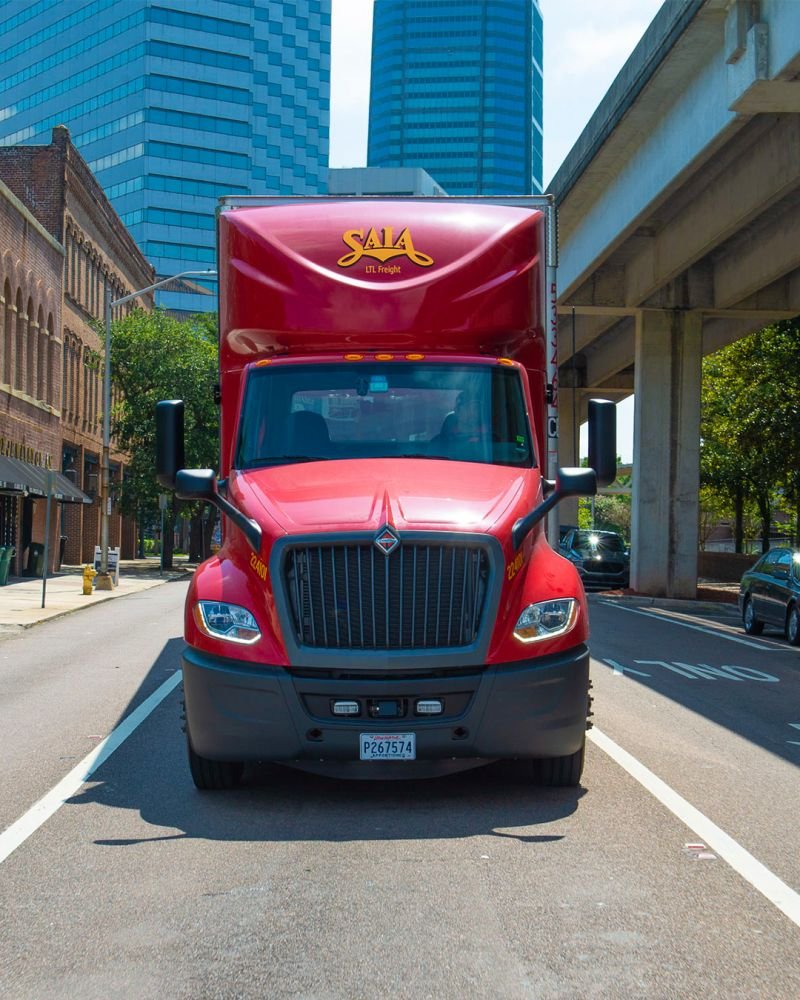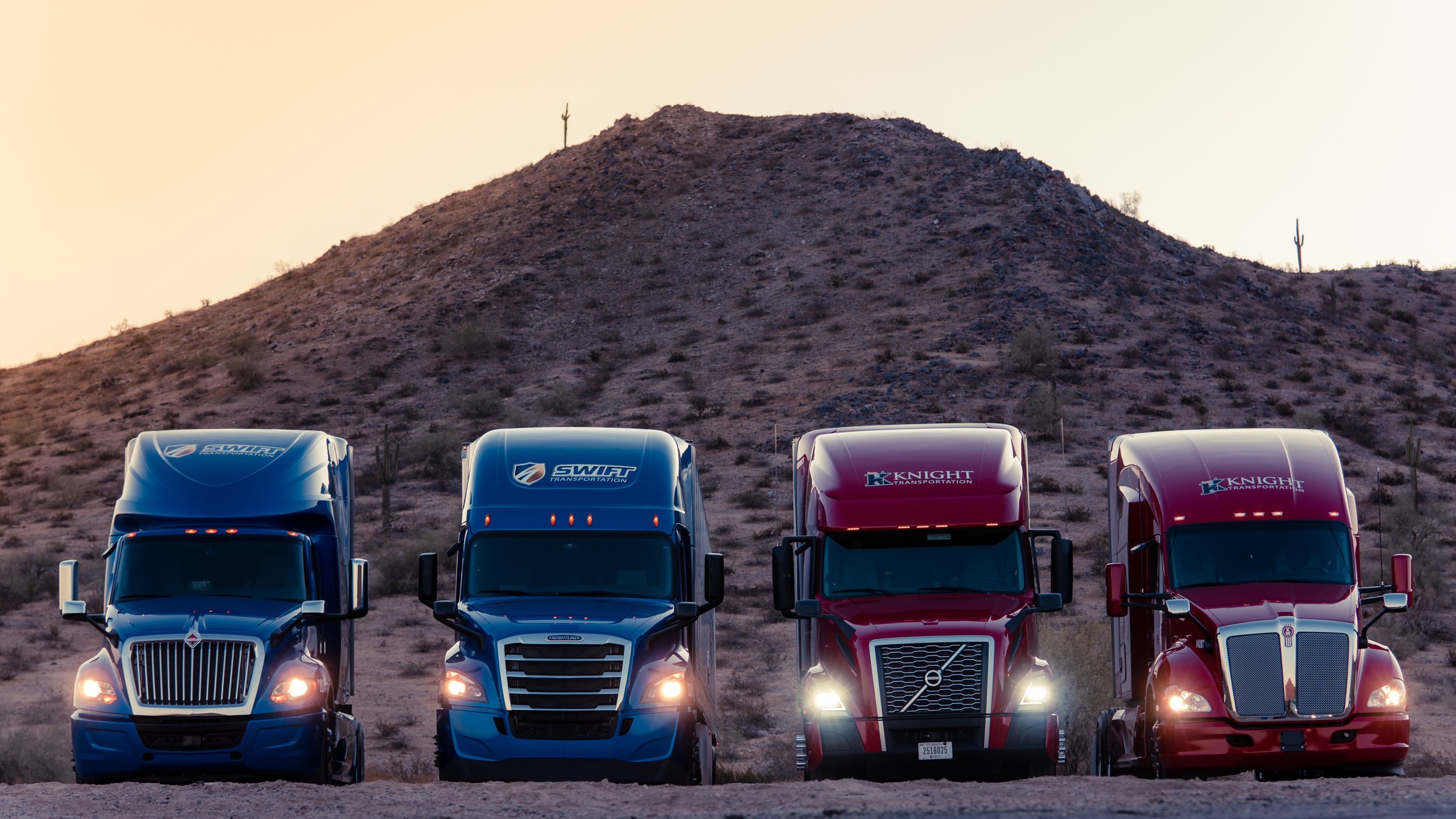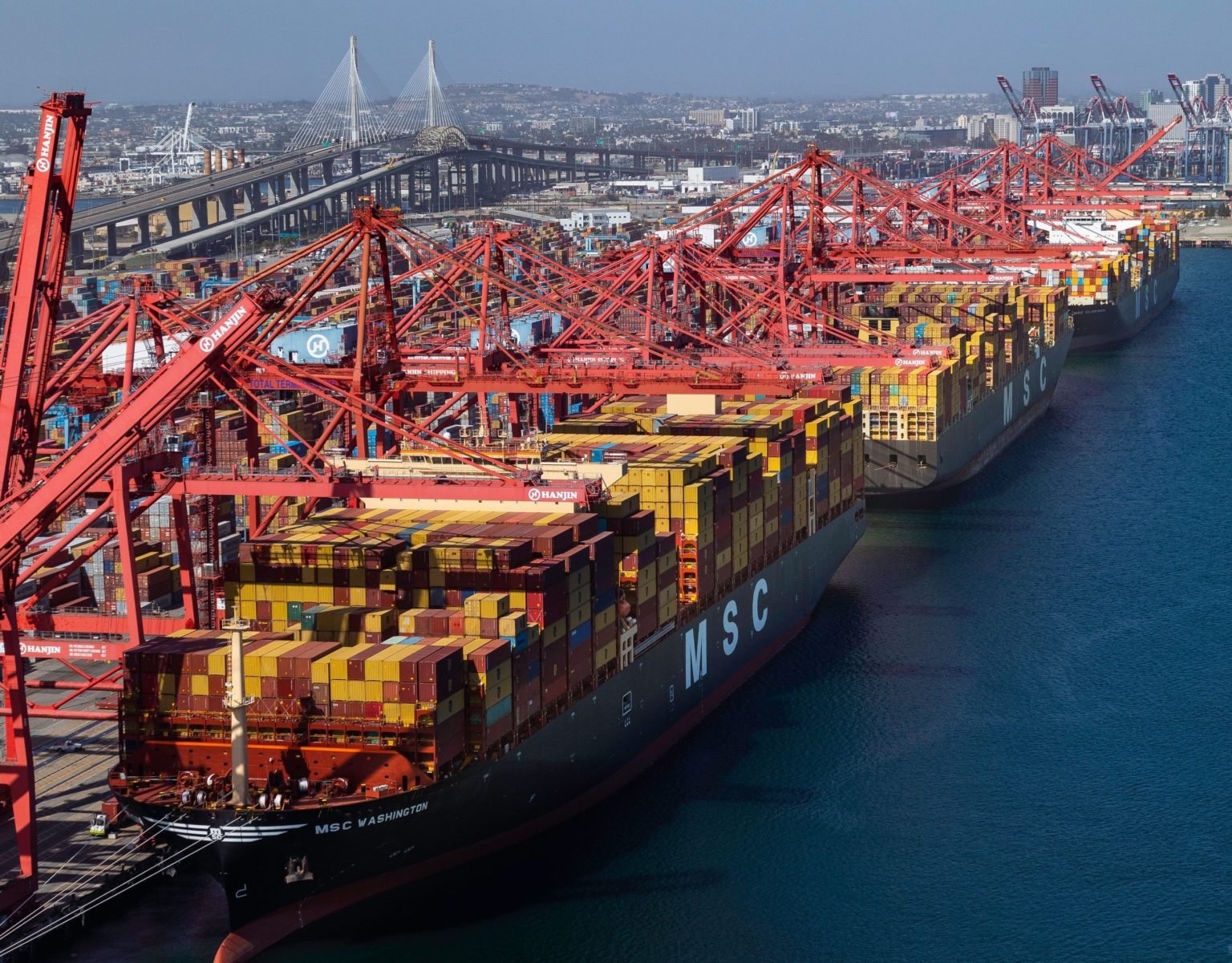
Offor Health: Turning Underused Spaces into Scalable Healthcare Infrastructure
Most healthcare bottlenecks aren’t clinical—they’re logistical. Offor Health is solving that by routing mobile specialists into underutilized medical offices across rural America. From mobile anesthesia to distributed diagnostics, it’s building healthcare’s shared infrastructure layer.

Home Depot: The $150B Freight Engine Behind DIY Retail
Home Depot isn’t chasing Amazon. It’s building something different: a national freight network designed to serve contractors, projects, and big, heavy orders with speed and precision. From RDCs to jobsite flatbeds, the $150B retailer turned logistics into its strongest moat.

FedEx: Rewiring a $90B Giant for the Next Era of Freight
FedEx was once the blueprint for global logistics—but years of silos, underperformance, and rising competition forced a reckoning. Now, under new leadership, FedEx is consolidating its Ground and Express networks, investing billions into automation, and selling off weak freight lanes to streamline its footprint. This blog breaks down why the $90B logistics giant is shrinking to scale—and whether that gamble will finally close the gap with UPS and Amazon.

J.B. Hunt: From Asset Fleet to Freight Marketplace
J.B. Hunt didn’t disrupt the freight industry—it outlasted the disruptors. While digital brokers burned VC cash, Hunt built J.B. Hunt 360°, a $1B+ freight marketplace layered onto its existing fleet, intermodal network, and contract base. With nearly half its revenue now coming from intermodal—and a tech stack rooted in operational execution—it may be the most future-proof freight company in America.

H-E-B: Winning the Grocery War with Supply Chain Mastery
While national chains spent billions chasing grocery dominance, H-E-B quietly built a fortress. Its edge? A vertically integrated supply chain, disaster-hardened distribution, and deep regional control. Here’s how it wins—every time.

Ryder: Scaling Logistics-as-a-Service Before It Was Cool
Ryder might be best known for rental trucks—but behind the scenes, it runs one of the most complete logistics platforms in North America. From dedicated fleets and e-commerce fulfillment to final-mile delivery and network optimization, Ryder’s Logistics-as-a-Service stack is built to scale with stability. This post breaks down why it works—and why it’s winning.

Greybar: The 150-Year-Old Distributor Keeping America Wired
Greybar isn’t flashy, but it’s everywhere. This 150-year-old, employee-owned distributor has quietly built one of the most resilient supply chains in North America—powering construction, utilities, and industrial projects with just-in-time delivery and deep product expertise. While others chase disruption, Greybar proves that discipline, ownership, and logistics done right still scale.

Built for the Freight Floor: How ShipperCRM Turns Sales Reps into Relationship Builders
Most brokerages treat CRM like an afterthought. ShipperCRM changes that by giving reps freight-native workflows, lane-level visibility, and structured follow-up that turns quotes into relationships. It’s not just about logging activity—it’s about protecting margin.

Saia’s Long Game: How Operational Discipline Built an LTL Powerhouse
Saia didn’t explode onto the LTL scene—it compounded its way in. This post unpacks how Saia quietly built one of the most disciplined and profitable freight networks in North America by focusing on terminal density, capital restraint, and freight execution. While others chased volume, Saia scaled margins.

Knight-Swift: How Freight Density Became a Competitive Advantage
Knight-Swift isn’t just the largest truckload carrier in North America by size—it’s one of the most efficient by design. This post breaks down how network density, operational discipline, and strategic mergers built a freight machine that scales cost advantages across every mile.

Shein’s Supply Chain: How Real-Time Logistics Beat Traditional Fast Fashion
Everyone knows Shein for fast fashion. Fewer realize its true weapon is logistics: a real-time supply chain built to react, not predict. This post unpacks how Shein turned speed, data, and supplier integration into an unbeatable retail engine—and why traditional brands can't catch up.

Chipotle’s Real Moat: How Cold Chain Logistics and Prep Line Innovation Scaled Fresh Food
Everyone knows Chipotle for fresh ingredients and fast service. But behind the scenes, it’s a logistics story. This post breaks down how Chipotle built a farm-to-restaurant cold chain and redesigned kitchen workflows to scale fresh food faster—and why their operational strategy is harder to copy than it looks.

Convoy’s Shutdown and the Limits of FreightTech Hype
Convoy raised over $900 million and promised to reinvent trucking with software. By late 2023, it collapsed—leaving behind a lesson that logistics can’t be disrupted by tech alone. This post unpacks what really went wrong: from unit economics to market cycles to the hard truth that moving freight requires more than matching loads—it requires control.

Forum Mobility and the Quiet Electrification of Freight Infrastructure
Electric trucks are coming—but charging infrastructure isn’t. Forum Mobility is solving the missing link in freight electrification by building high-capacity depots at California’s busiest ports. Backed by $400M+ in funding, they’re not just supporting compliance—they’re laying the grid foundation for zero-emission logistics. This is what infrastructure-first electrification looks like.

Repowr and the Race to Turn Empty Trailers into Infrastructure
Every day, thousands of trailers sit idle in yards across North America—underutilized, invisible, and costing money. Repowr wants to change that. Backed by $6M in seed funding, they’re building a shared-use trailer network that turns empty capacity into flexible infrastructure. This post breaks down their model, the rise of drop-and-hook freight, and why monetizing idle trailers might be the next big unlock in logistics.

The Private Giant: How MSC Quietly Took Over Global Shipping
While competitors chase visibility, software layers, and IPO headlines, MSC has quietly become the largest container shipping company in the world. No shareholders. No hype. Just ships, terminals, and ruthless scale. This post unpacks how MSC used private ownership, aggressive fleet expansion, and European port dominance to turn volume into strategy.

Costco Doesn’t Win on Choice. It Wins on Flow.
Everyone knows Costco for the bulk deals and free samples. But the real story is what happens behind the scenes—where limited SKUs, cross-docking, and high-velocity warehouses turn supply chain simplicity into a pricing weapon. This is how Costco wins on logistics.

How IKEA Turned Furniture Into a Supply Chain Superpower
IKEA doesn’t just sell sofas and shelves—it sells supply chain precision. From its flat-pack design strategy to in-store logistics and global sourcing, IKEA has redefined what it means to move bulky goods at scale. This is the logistics blueprint behind the blue box.

Shippabo Isn’t Just a Forwarder—It’s a Control Tower for Mid-Market Importers
Shippabo isn’t just a freight forwarder—it’s a control tower for mid-sized importers. By combining PO tracking, vendor scheduling, and live shipment visibility into a single workflow platform, it gives lean logistics teams the structure they’ve never had. This post breaks down how Shippabo scaled without scale, and why workflow—not pricing—is its real moat.

How Gymshark Built a Global Fitness Brand by Mastering Fulfillment
Most people credit Gymshark’s rise to great branding, influencer partnerships, and limited drops. But behind that is something less visible—and more strategic: a purpose-built logistics engine that turns hype into revenue and speed into loyalty.